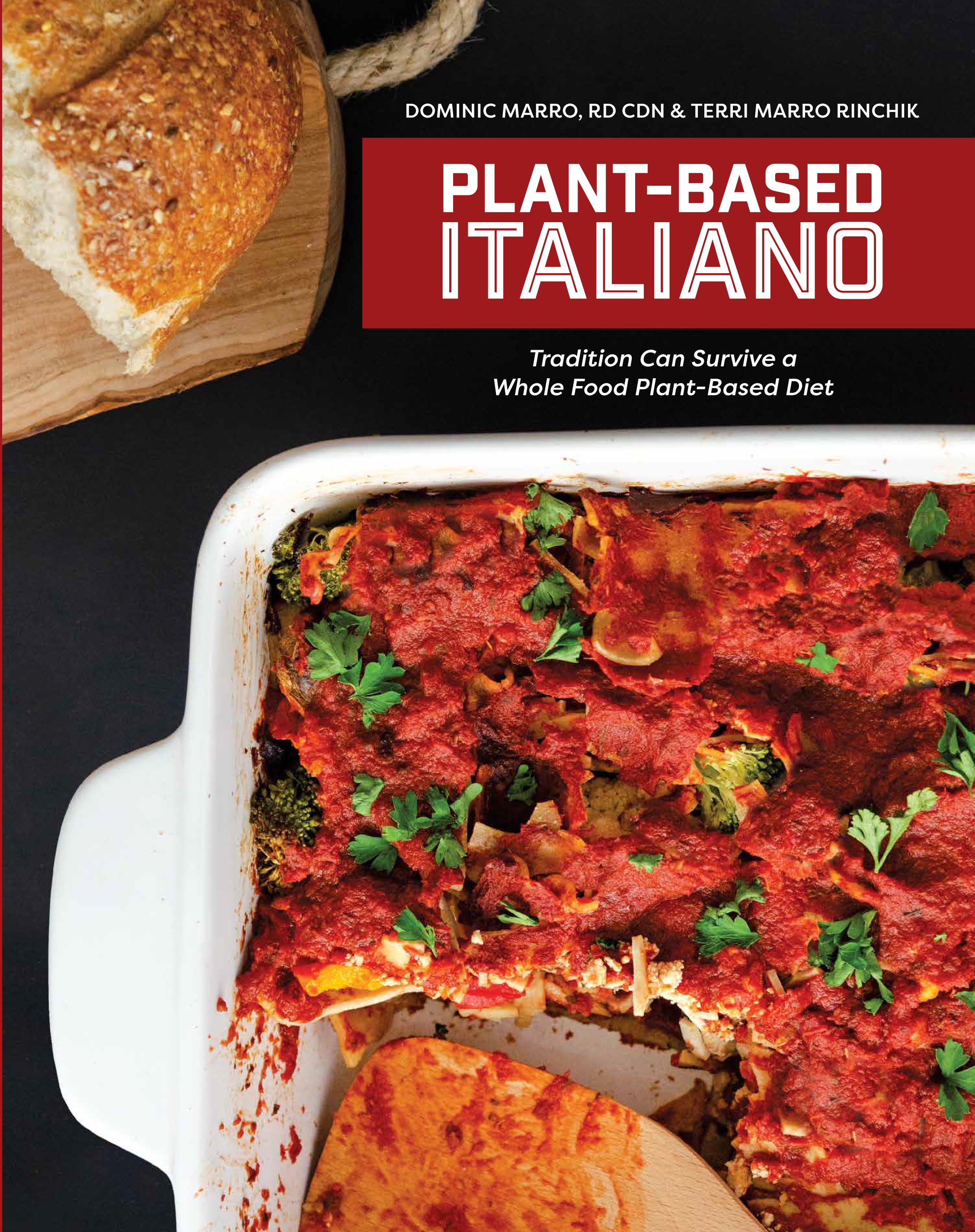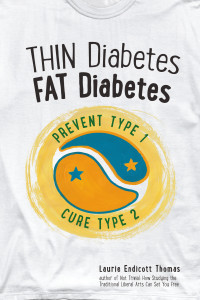On March 15, 2009, I began eating a WFPB diet. My transition went pretty smoothly as the only animal foods that were part of my diet at that time included non-fat yogurt, chicken, turkey and the occasional piece of fish. I had given up cheese a few years prior and I hadn’t consumed any red or processed meat for over 20 years. However, olive oil was still part of my diet. All oil was discarded approximately four years ago.
Over these past six years, I’ve tried to share the scientifically shown health benefits provided by WFPB diets to anyone willing to listen or read. Some have tried transitioning and have done very well. Some have tried it, done well for a little while, but were unable to continue for a variety of reasons. And some people have just decided that following a WFPB diet is too radical. I’ve tried to address this barrier in an earlier article.
From a public health perspective, WFPB diets have made slow and steady progress. On a day to day basis, it’s very easy for me to forget this. So I decided for my six year WFPB anniversary, I’d list a few examples of how WFPB has crept further and further into the public consciousness.
- In 2011 the film “Forks Over Knives” was released
- eCornell’s Online Plant Based Nutrition Course became available in 2011
- Kaiser Permanente now encourages it’s physicians to promote WFPB
- More and more Cardiologists are promoting WFPB for patients
- Engine 2 Immersion programs educate and inspire (eg Plantstock 2013)
- Engine 2 Product Line at Whole Foods Markets
- Dr. Dean Ornish’s Intensive Cardiac Rehabilitation Program is growing
- The Plantrician Project
- 2015 National Dietary Guidelines look to be more plant based than ever
- Kale may be coming to Mcdonalds
The above list is certainly not an exhaustive list, but it is a good indicator that some progress has been made. Of course we have a LONG way to go.
Americans are still constantly bombarded with advertisements from fast food and processed food companies pedaling their latest junk food concoctions. Commercials promoting bacon pizza from Little Caesar’s, Papa John’s and Pizza Hut are all over the airwaves in 2015.
The money available to promote foods that make us sick dwarfs the money spent promoting healthy diets. The American food industry spends $33 billion a year to promote mostly fatty, salty, high-calorie, low-nutrition foods. Only 2% of food advertising is for fruits, vegetables, grains, and beans, combined.
For industry to get more interested in providing and promoting whole plant foods, consumers must demand these foods. If more of our food dollars go to eating broccoli and beans, and fewer food dollars go to eating meat, dairy and oil, the food industry will change. The power lies in the individual. Transitioning to a WFPB diet will help you on a personal level. If enough individuals successfully move towards a Plantastic Life, America just might reach a tipping point where healthy eating becomes the norm.
Let’s keep plugging along. As more people recapture their health eating WFPB diets, industry will have to change to meet the demand for fruits, veggies whole grains and legumes.
Stay Healthy and Strong!






 E Excerpt from Laurie Endicott Thomas’s amazing book Thin Diabetes – Fat Diabetes by clicking here!
E Excerpt from Laurie Endicott Thomas’s amazing book Thin Diabetes – Fat Diabetes by clicking here!
Speak Your Mind